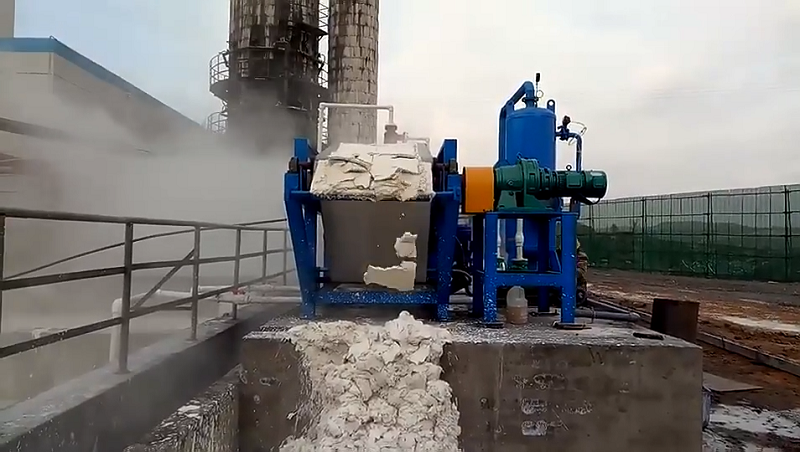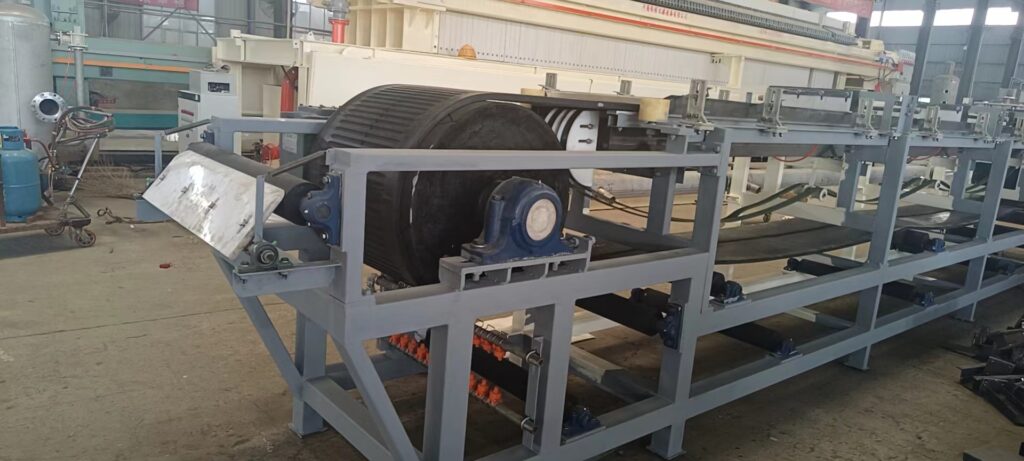Introduction
In the realm of industrial machinery, the vacuum belt filter stands out as a pivotal equipment, playing a crucial role in various processes. But what exactly is a vacuum belt filter? How does it operate, and where is it most commonly used? This article aims to shed light on these questions, offering a comprehensive understanding of this essential device.
What is a Vacuum Belt Filter?
A vacuum belt filter, as the name suggests, is a filtration system that employs vacuum pressure to separate solids from liquids. It’s a continuous filtration device, which means it operates non-stop, ensuring a steady flow of processed material. Over the years, this equipment has become a staple in industries that require efficient and consistent separation of materials.
How Does It Work?
The operation of a vacuum belt filter can be broken down into several stages:
Slurry Feed: The process begins with the introduction of a slurry (a mixture of solid and liquid) onto the filter belt. This belt is typically made of a porous material that allows liquids to pass through while retaining solids.
Vacuum Filtration: As the slurry moves along the belt, a vacuum is applied from below. This vacuum pulls the liquid through the belt, leaving the solid particles behind. The liquid, now termed as filtrate, is collected and directed away for further processing or disposal.
Cake Formation: The retained solid particles on the belt form a layer known as the “cake.” The thickness of this cake can be adjusted based on the desired outcome.
Cake Washing (if required): In some processes, the cake needs to be washed to remove any residual contaminants. This is done by introducing a wash liquid onto the cake as it continues its journey on the belt.
Drying and Discharge: The vacuum continues to operate, drying the cake. Once adequately dried, the cake reaches the discharge end of the belt where it is scraped off, collected, and directed for further processing or disposal.
Components of a Vacuum Belt Filter
A vacuum belt filter is more than just its belt. It comprises several components, each playing a distinct role:
Filter Belt: The heart of the system, this porous belt is responsible for supporting the slurry and allowing the filtrate to pass through.
Vacuum Box: Positioned below the belt, the vacuum box applies the necessary suction to pull the filtrate through the belt.
Drive Rollers: These rollers move the belt, ensuring a continuous process.
Cake Discharge Mechanism: Located at the end of the belt, this mechanism scrapes off the dried cake, ensuring it’s directed to the desired location.
Wash Stations: Positioned above the belt, these stations introduce wash liquid onto the cake if required.
Motors and Pumps: These provide the necessary power and create the vacuum, respectively.
Applications of Vacuum Belt Filters
Vacuum belt filters find applications in a myriad of industries, including:
Mining: Used for dewatering mineral slurries such as those of copper, zinc, and lead.
Chemical Processing: Employed in the separation of chemical solids from their solutions.
Food and Beverage: Utilized in processes like sugar extraction where solid residues need to be separated from liquid solutions.
Wastewater Treatment: Helps in dewatering sludge, turning it into a solid form that’s easier to handle and dispose of.
Pharmaceuticals: Used in the production of antibiotics and other drugs where solid-liquid separation is crucial.
Conclusion
The vacuum belt filter, with its efficient and continuous operation, has cemented its place in various industries. Its ability to consistently separate solids from liquids, coupled with its adaptability to different processes, makes it an invaluable asset. As industries continue to evolve, the role of the vacuum belt filter is only expected to grow, further underscoring its significance in the world of industrial machinery.




